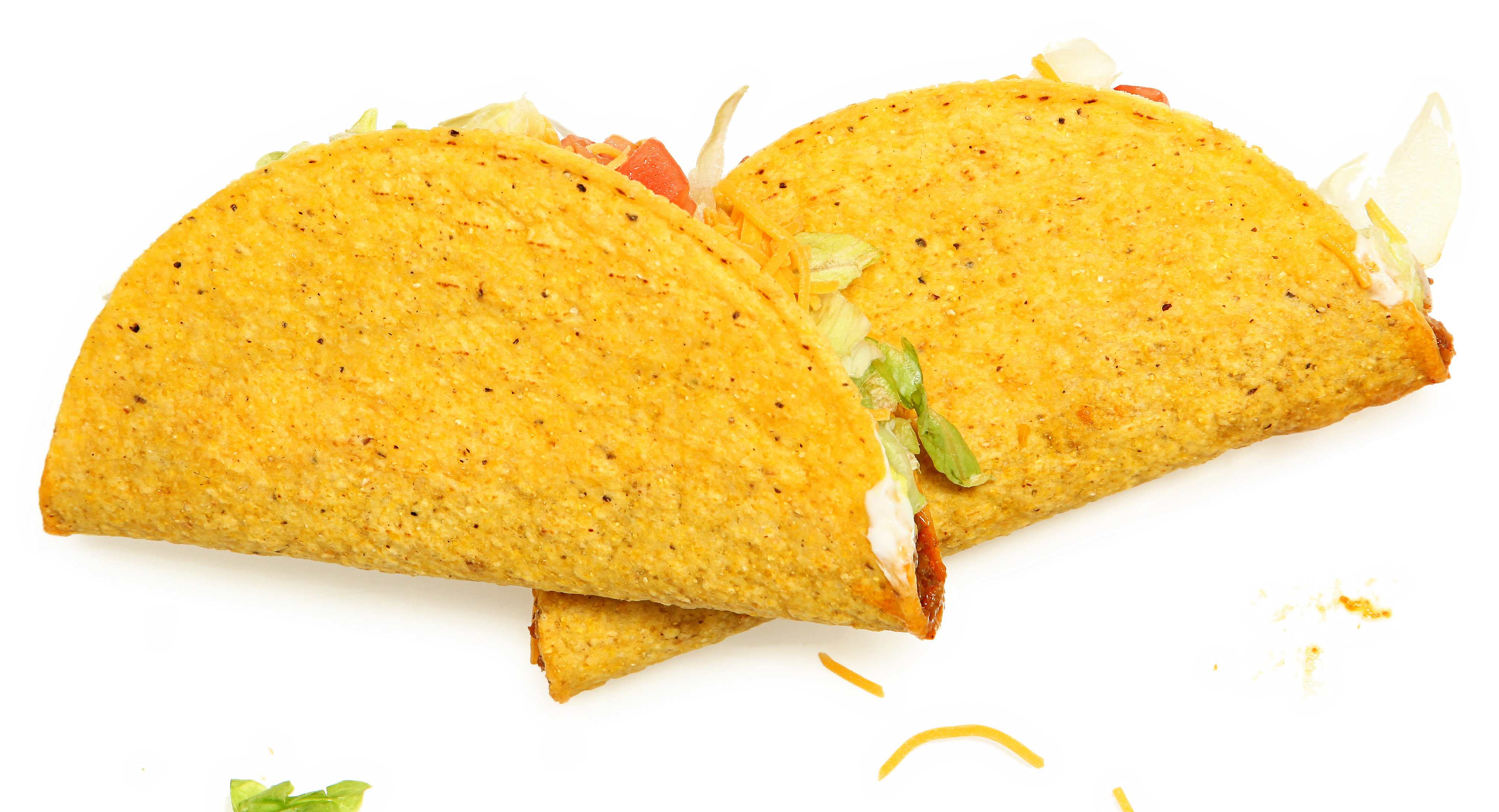Because many children with type 1 diabetes also have celiac disease, we partnered with our pediatric gastroenterologist (GI) colleagues to offer a combined diabetes/celiac visits at the Madison Clinic. Staffed by Dr. Patrika Tsai, a specialist in celiac disease in children. This allows our patients to see two specialists on the same day. Children with celiac disease should see their GI specialist at least once a year. Please ask our front desk staff to coordinate your diabetes and celiac visits on the same day.
Celiac disease is an autoimmune disease that affects the intestines. People with celiac disease cannot tolerate gluten which is a protein that is found in wheat, rye, and barley.

When a person with celiac disease eats food that contains gluten, the body produces antibodies that attack the small intestine causing damage. Symptoms may include bloating, stomachaches, diarrhea, or constipation. Children with untreated celiac disease may not grow or gain weight well. Other problems may be weight loss, vitamin deficiencies, anemia, fatigue, a rash, infertility, and osteoporosis.
Celiac disease affects about 1in 133 people. The rate of celiac disease is higher in people who have type 1 diabetes and relatives of people who have celiac disease. Screening for celiac disease involves a simple blood test. If the screening is positive or abnormal, then confirmation of celiac disease is done with an endoscopy. During this procedure which is done while the patient is asleep under anesthesia, the doctor slides a camera on a long, skinny tube into the mouth down the esophagus and stomach into the small intestine. The doctor will then take small tissue samples called biopsies. These biopsies do not hurt or cause pain after the procedure. The procedure itself only takes about 15 minutes. If the biopsies confirm celiac disease, we recommend treatment with a strict gluten free diet. When a person first learns about a gluten free diet, it can be overwhelming. However, we can help families with children affected by celiac disease with resources including nutritional support from one of our dietitians.
What is a Gluten-free Diet?
The gluten-free diet includes avoiding wheat, rye, and barley. Wheat in particular, is found in many common western diet foods such as pastas, breads, and cereals. Gluten can also be hidden in condiments such as seasonings, sauces, and dressings. In case you are wondering how to count carbs when you have type 1 diabetes and celiac disease - check out this carb counting resource.

The good news is that there are many grain-based foods that can be part of gluten-free diet. This list includes, but is not limited to foods that are corn, rice, potato and soy-based. In addition, there are many foods that are naturally gluten-free and healthy such as fruits, vegetables, beans, seeds, nuts, meats, fish, poultry, eggs, and most dairy products.
Although giving up favorite foods can be hard, the list of gluten-free options available continues to rapidly grow. We put together a Celiac Resource Guide to give you more indepth resources. In addition, there are more and more restaurants that are becoming gluten-free friendly. By welcoming the variety of products that can be part of a gluten-free diet, it can open up a whole new world of foods to explore and enjoy.

